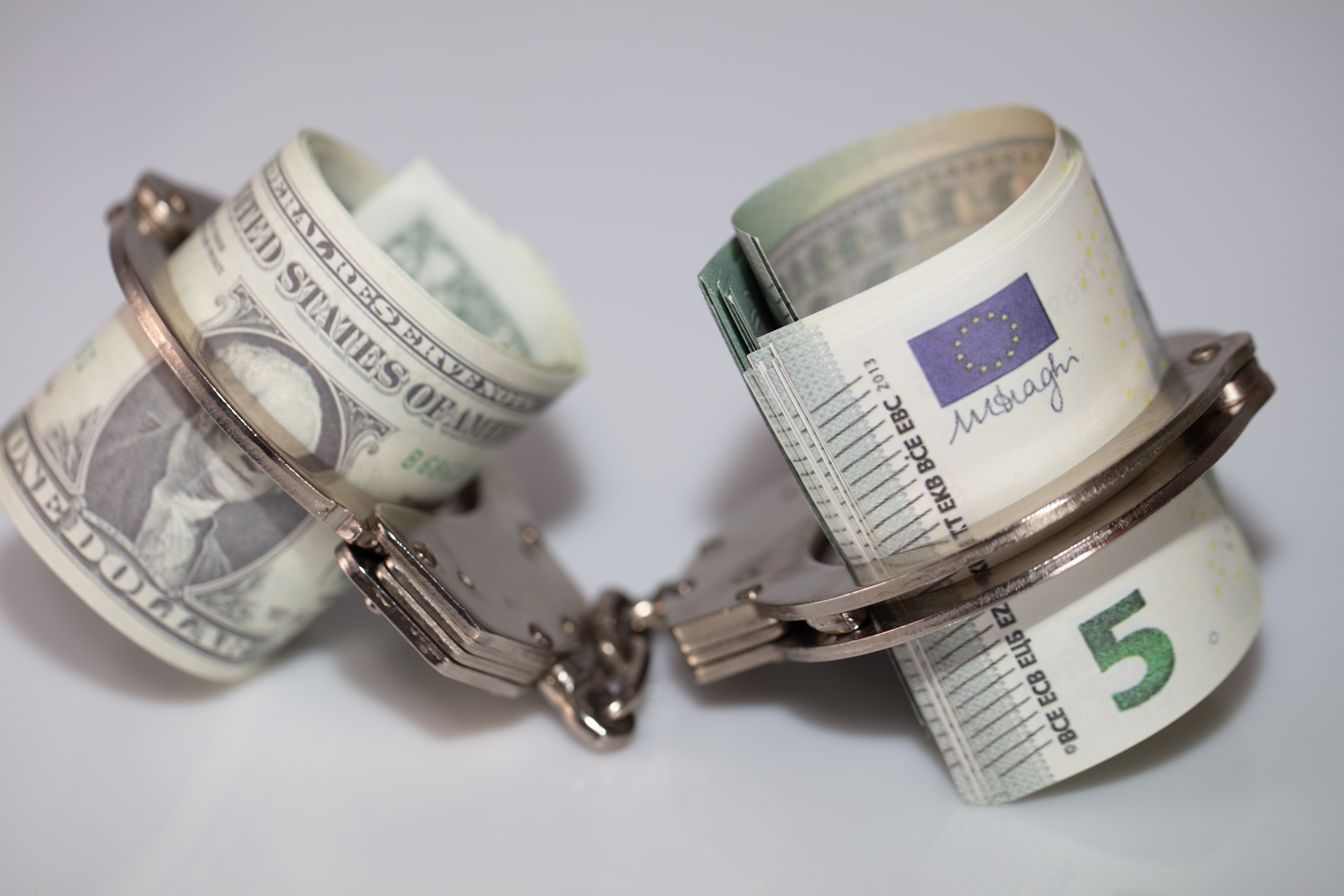Case Study
The Potential Cost of Spoliation
When a defendant was caught intentionally spoliating digital evidence on five laptops, executives tried to cover up the destruction of evidence, and lied on the stand.
Philips Electronics N.A. Corp. v. BC Technical, 2011 WL 677462 at *2 (D.Utah, Feb. 16, 2011).
This led to severe sanctions. Judgment was entered against the defendant, fees were awarded, and the defendant and four of its top officers were referred to the United States Attorney for possible criminal prosecution.
The Judge wrote: “Willful spoliation of evidence deserves the harshest sanctions because it is antithetical to our system of justice. The evidence is sufficient to show such willfulness here. The court therefore concludes both attorney’s fees and terminating sanctions are appropriate in this case.”
Furthermore,
Because certain individuals lied under oath, Judge Alba recommends that his matter be referred to the United States Attorney’s Office for investigation
“The Clerk of the Court is directed to send a copy of this Order, along with the Report and Recommendation, to the Acting United States Attorney for the District of Utah for such action as she deems is appropriate.”
T&E Investment Group, LLC D/B/A Roberts Investment Group, et al. v. Christopher Faulkner, et al. (July 5, 2013)
In the United States District Court Northern District of Texas, Judge Horan found the Defendants willfully and maliciously spoliated evidence by attempting to hide the existence of certain computers relevant to the matter at hand.
Judge Horan stated, “The jury should be given an instruction of adverse inference on the issue of spoliation, and Plaintiffs should be awarded from Defendants a monetary sanction of $27,500 … for [the] investigation into whether, and to what extent, Defendants spoliated evidence.”
The cost of spoliation can be very intense. It is usually easier, and cheaper, to defend against the claims of the matter than it is to defend against spoliation.


Post Comment